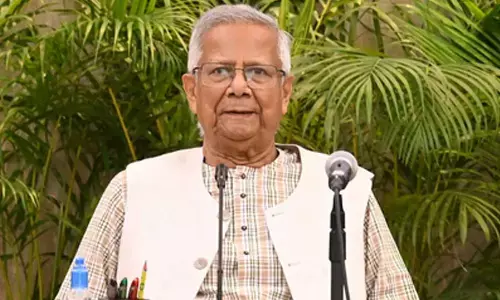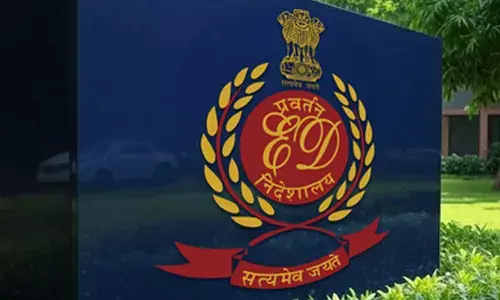Smallest super massive black hole ever detected

Astronomers using NASA’s Chandra X-ray Observatory have identified the smallest super-massive black hole ever detected in the centre of a galaxy. This “oxymoronic” object could provide clues to how larger black holes formed along with their host galaxies 13 billion years or more in the past.
Washington: Astronomers using NASA’s Chandra X-ray Observatory have identified the smallest super-massive black hole ever detected in the centre of a galaxy. This “oxymoronic” object could provide clues to how larger black holes formed along with their host galaxies 13 billion years or more in the past.
.jpg)
Astronomers estimate this super massive black hole is about 50,000 times the mass of the sun. This is less than half the mass of the previous smallest black hole at the centre of a galaxy. “It might sound contradictory, but finding such a small, large black hole is very important,” said Vivienne Baldassare from the University of Michigan in Ann Arbor in a statement.
“We can use observations of the lightest super massive black holes to better understand how black holes of different sizes grow,” he added in a paper which appeared in the Astrophysical Journal Letters.The tiny heavyweight black hole is in the centre of a dwarf disk galaxy called RGG 118, located about 340 million light years from Earth.
Researchers used the Chandra data to figure out the X-ray brightness of hot gas swirling toward the black hole. They found the outward push of radiation pressure of this hot gas is about one percent of the black hole’s inward pull of gravity, matching the properties of other super massive black holes. The black hole in RGG 118 is nearly 100 times less massive than the super massive black hole found in the centre of the Milky Way.

















